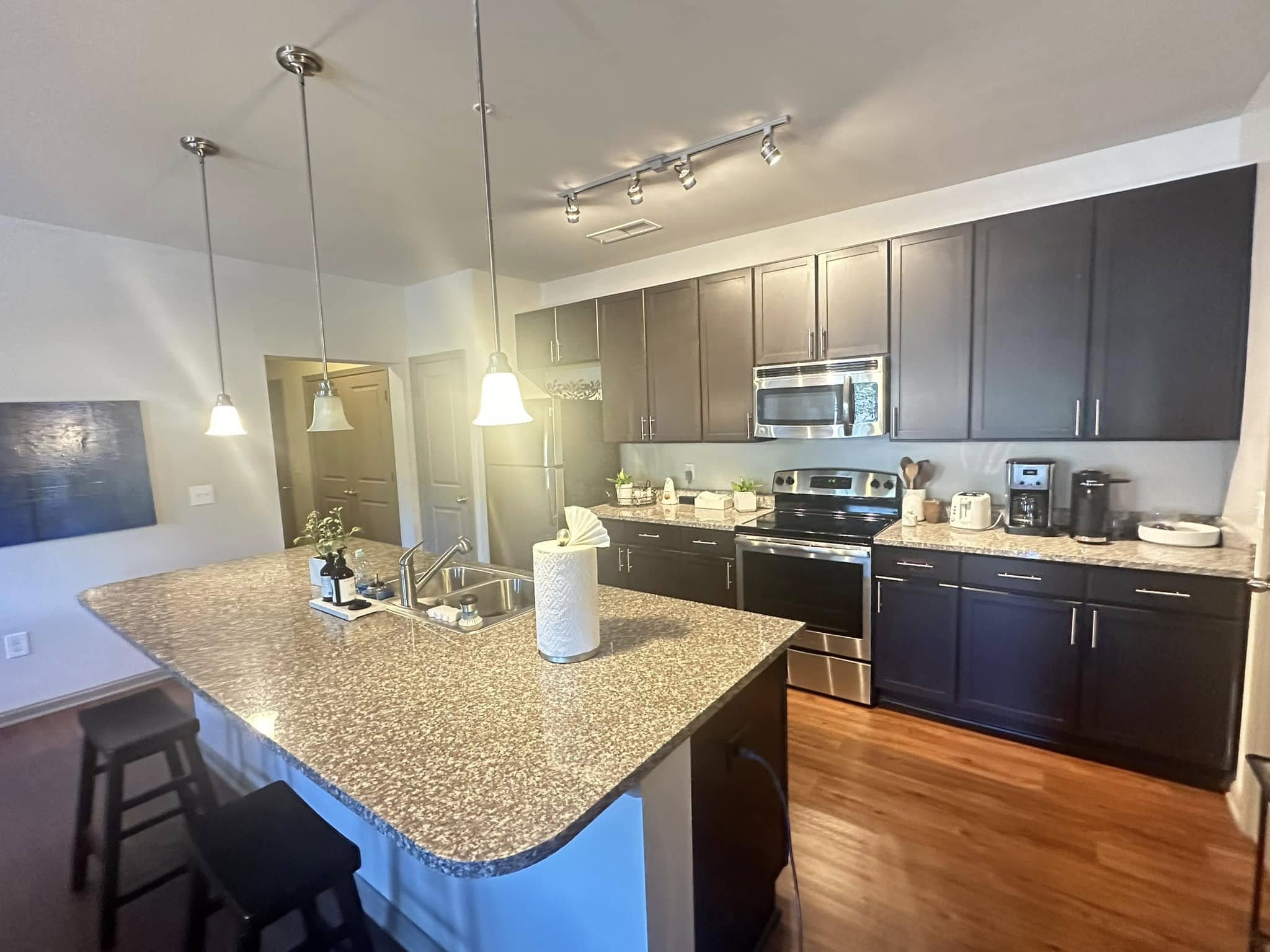Advanced Technology for Modern Electronic Needs
Double-Sided PCB Assembly is a critical solution for today’s electronics that require more complex circuit designs within limited space. By using conductive pathways on both sides of the board, this assembly type enables higher component density, improved performance, and more versatile configurations. Manufacturers specializing in Double-Sided PCB Assembly can create boards that meet the demanding requirements of industries ranging from consumer electronics to medical equipment and automotive systems.
Precision Manufacturing for High-Quality Performance
A professional Double-Sided PCB Assembly process involves meticulous planning, precision drilling, and accurate alignment to ensure both layers function seamlessly together. With copper traces on both sides, it becomes possible to connect components using plated through-holes, allowing for more intricate and efficient circuit designs. High-quality fabrication ensures that each board delivers consistent performance, long-term durability, and the electrical integrity necessary for modern applications.
Benefits of Choosing Double-Layer Solutions
Choosing Double-Sided PCB Assembly allows engineers to design more advanced electronics without increasing board size. This solution maximizes available space, supports complex wiring, and provides greater flexibility for component placement. For devices where reliability and compactness are equally important, dual-layer boards offer the perfect balance between functionality and cost-efficiency. The ability to handle higher circuit complexity makes them a preferred choice for industries seeking advanced design capabilities.
Materials and Components for Optimal Functionality
An effective Double-Sided PCB Assembly process depends on selecting the right materials and components. High-grade substrates, precision-applied solder masks, and carefully chosen copper thickness all contribute to the board’s performance. Advanced manufacturing methods ensure that each connection is secure, while soldering techniques are optimized for long-term stability. The result is a board that can withstand environmental stresses, temperature variations, and operational demands.
Fast Turnaround Without Sacrificing Quality
Speed is essential when developing products for competitive markets. Skilled manufacturers offering Double-Sided PCB Assembly use automated production systems and streamlined workflows to reduce lead times while maintaining exceptional quality. This allows businesses to meet tight deadlines for prototypes, small runs, or full-scale production without compromising the integrity of their boards. Efficient processes mean faster time-to-market and reduced development bottlenecks.
Rigorous Testing for Reliable Performance
Every Double-Sided PCB Assembly goes through strict testing procedures to ensure it meets exacting standards. These tests include electrical verification, functional analysis, and visual inspections. Such measures guarantee that both layers of the board perform flawlessly and that the final product can endure real-world operating conditions. Quality control at every stage ensures dependable results, making these boards a trusted choice for critical applications.
Applications Across Diverse Industries
From industrial control systems to communication devices and renewable energy solutions, Double-Sided PCB Assembly supports innovation across a wide spectrum of fields. Its ability to handle more complex designs within compact formats makes it ideal for projects where performance and size must be optimized. This versatility allows businesses to integrate advanced features into their products while maintaining efficiency.
Conclusion – The Smart Choice for High-Performance Boards
Choosing Double-Sided PCB Assembly means investing in a proven, reliable technology that combines space efficiency, performance, and durability. With the expertise of a skilled manufacturer, businesses can create products that meet high industry standards and deliver long-term reliability. Whether for prototypes or mass production, dual-layer boards offer the flexibility and functionality that modern electronics demand.



